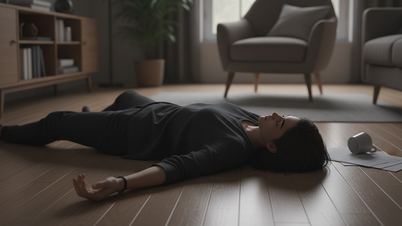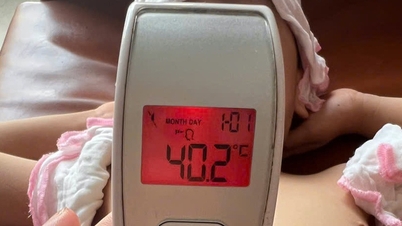My family has asthma and allergic rhinitis so they are allergic to the scent of milk flower. How can I reduce the smell of this flower?
Reply:
Pollen in general and milk flower in particular is one of the agents that cause respiratory irritation, triggering acute attacks in people with asthma and chronic obstructive pulmonary disease (COPD). This type of flower usually blooms in the fall and winter. At this time, the cold, dry air makes the airways more easily irritated.
For people with allergic rhinitis and sinusitis, pollen can make symptoms worse such as runny nose, stuffy nose, sneezing, nasal pain...
To minimize the scent of the milk flower entering the house, you should first close the doors facing the flower tree. However, there should be other doors or windows in the house that open to allow air circulation. It is best to use a ventilation fan to draw air from the direction where the scent of the flower does not come in.
Using an electric fan is one of the most convenient and economical ways to remove the smell of milk flower. You turn on the fan to prevent some of the flower scent from entering the room.
Families can use an air purifier to remove the smell of flowers and other unpleasant odors such as cigarette smoke, food, etc. Use an essential oil diffuser to maintain the humidity of the air in the house, creating a fragrance that helps users relax, relieve stress, and overpower the smell of flowers outside.
When going out, you should wear a mask to reduce inhalation of pollen and dust. Families with asthma or allergic rhinitis should not plant milk flowers in front of the door or in the garden.
Master, Doctor Nguyen Van Ngan
Department of Respiratory Medicine, Tam Anh General Hospital , Hanoi
Source link



![[Photo] Binh Trieu 1 Bridge has been completed, raised by 1.1m, and will open to traffic at the end of November.](https://vphoto.vietnam.vn/thumb/1200x675/vietnam/resource/IMAGE/2025/10/2/a6549e2a3b5848a1ba76a1ded6141fae)



































































































Comment (0)